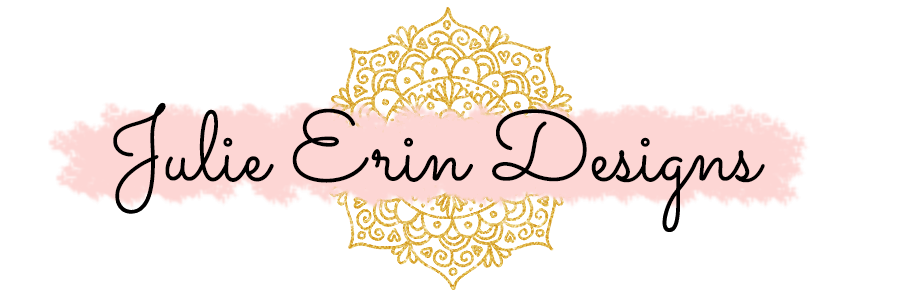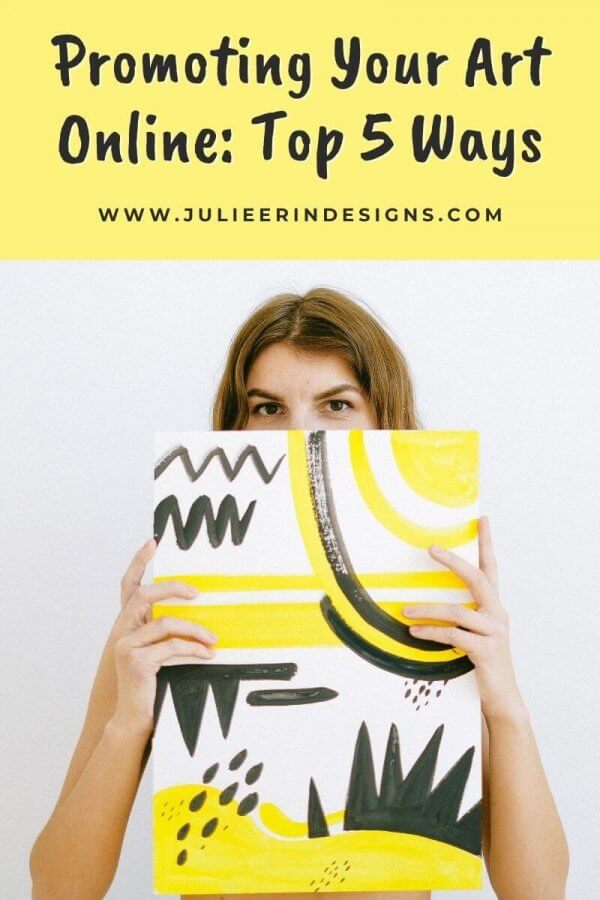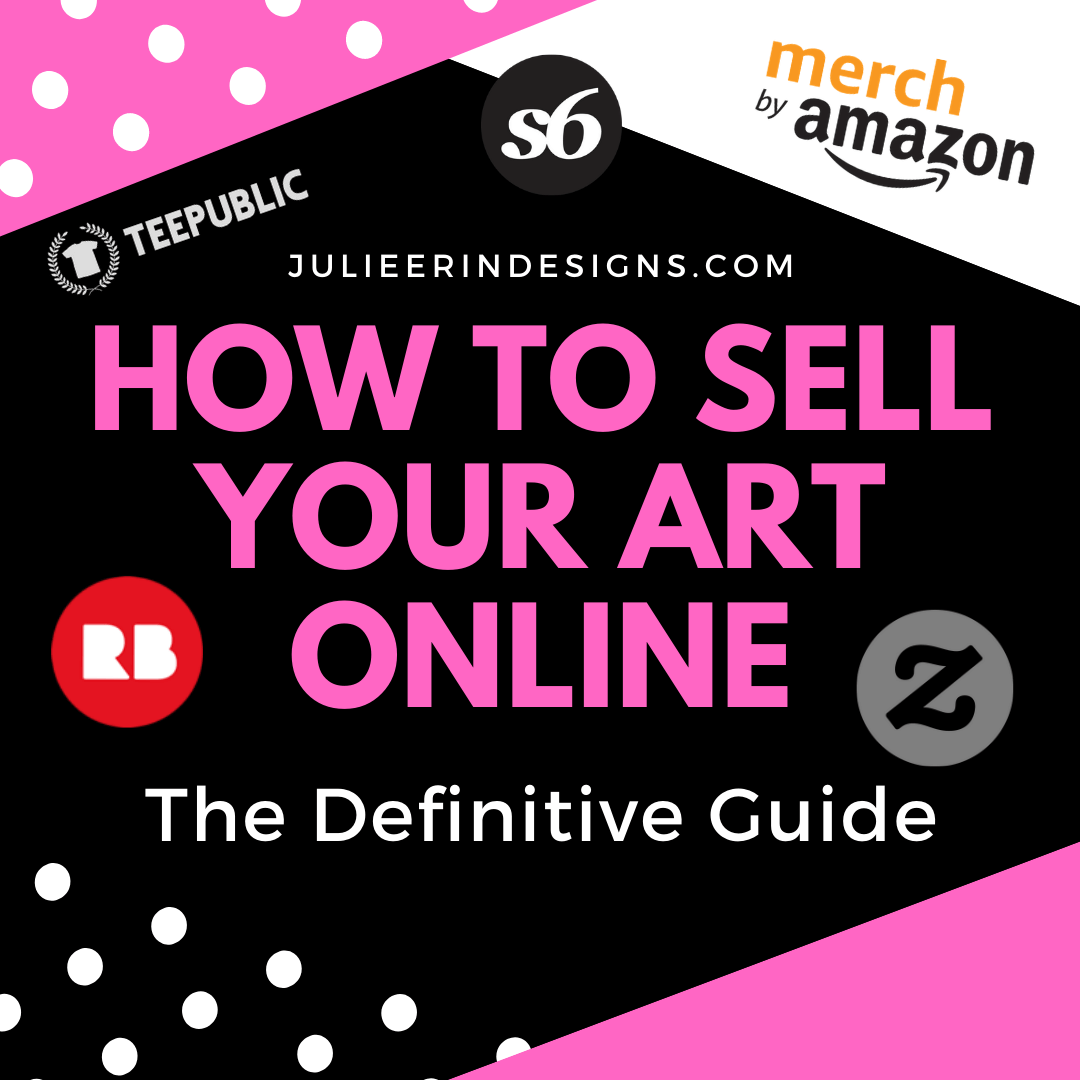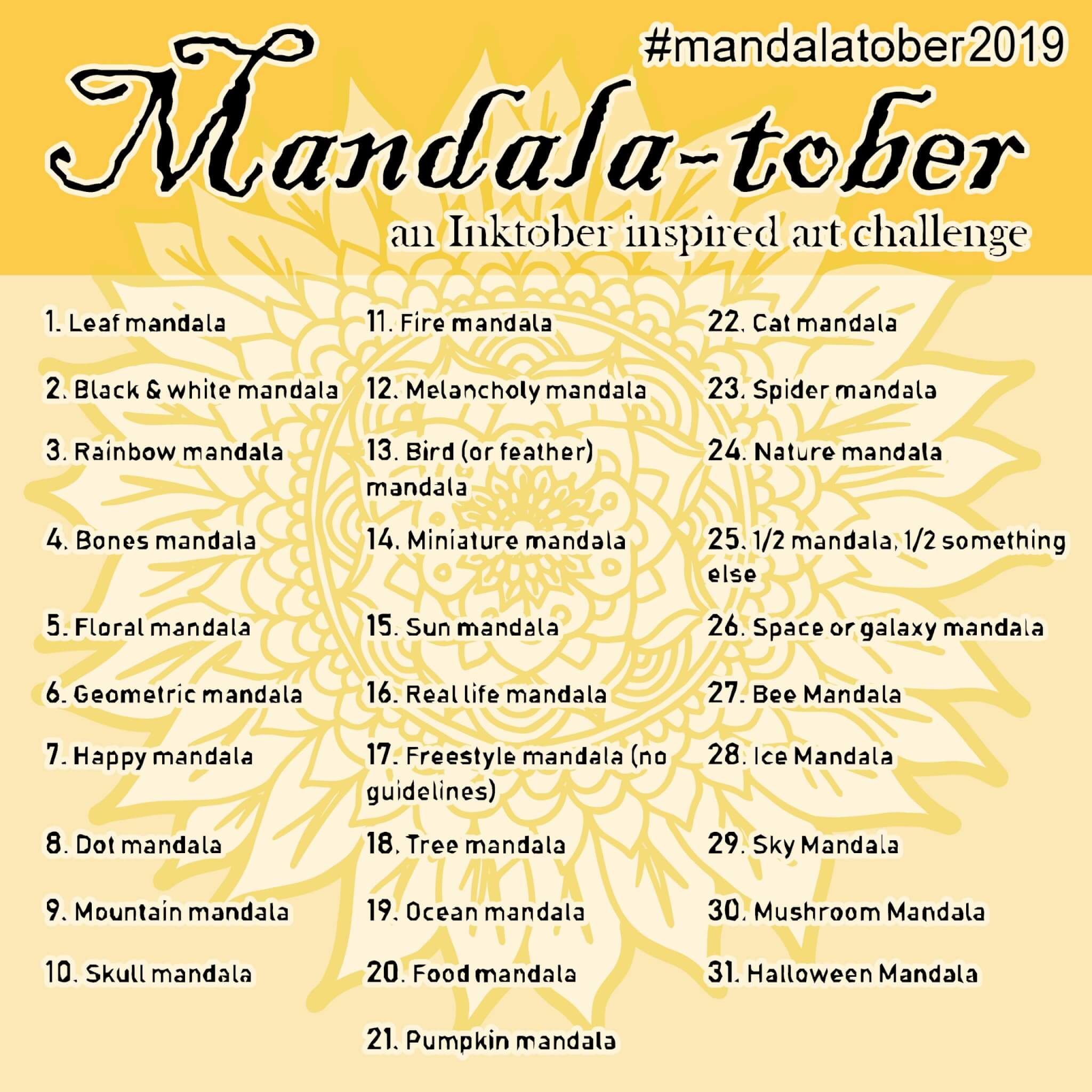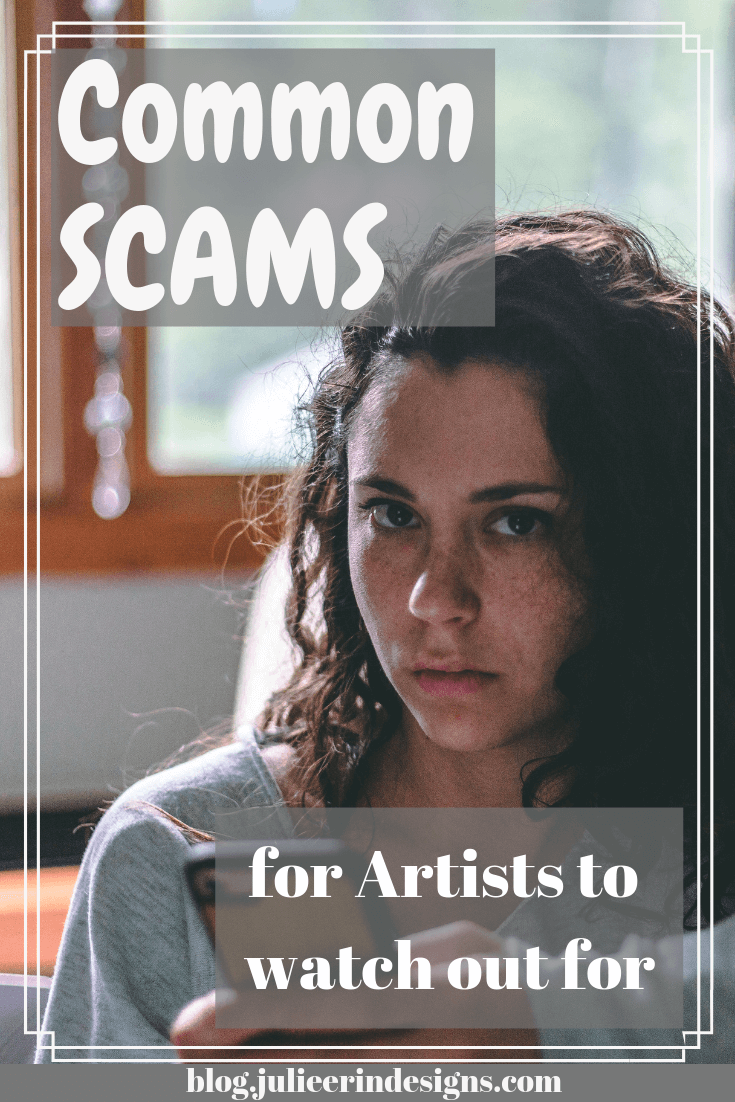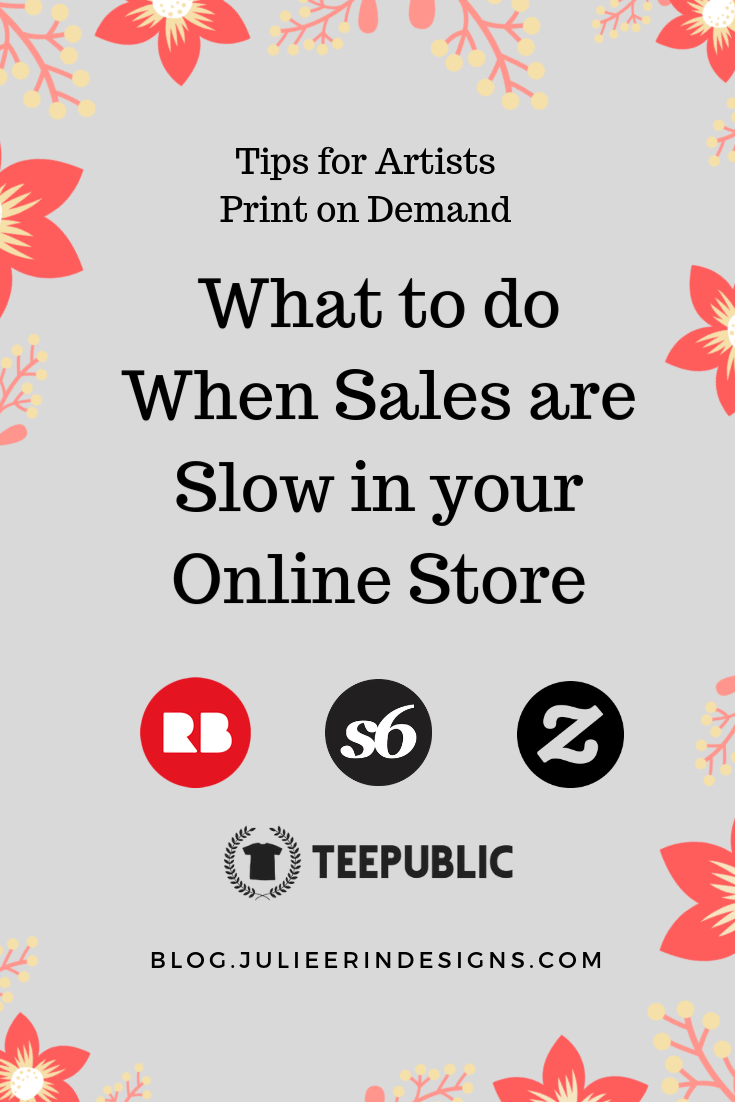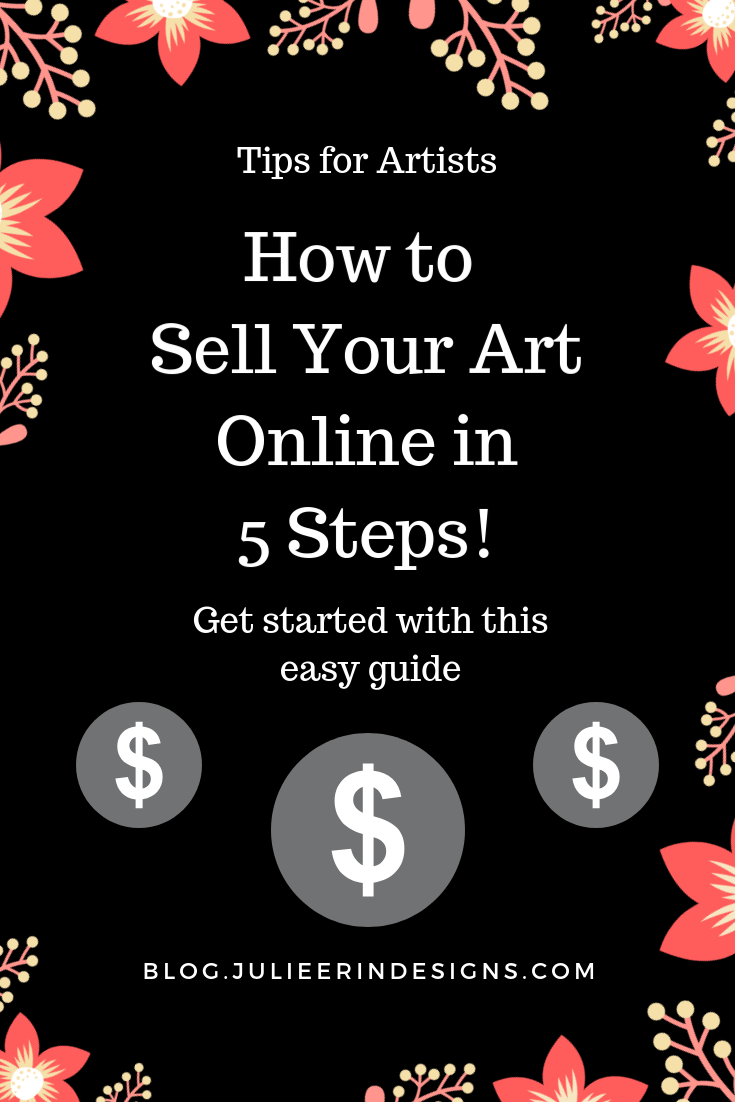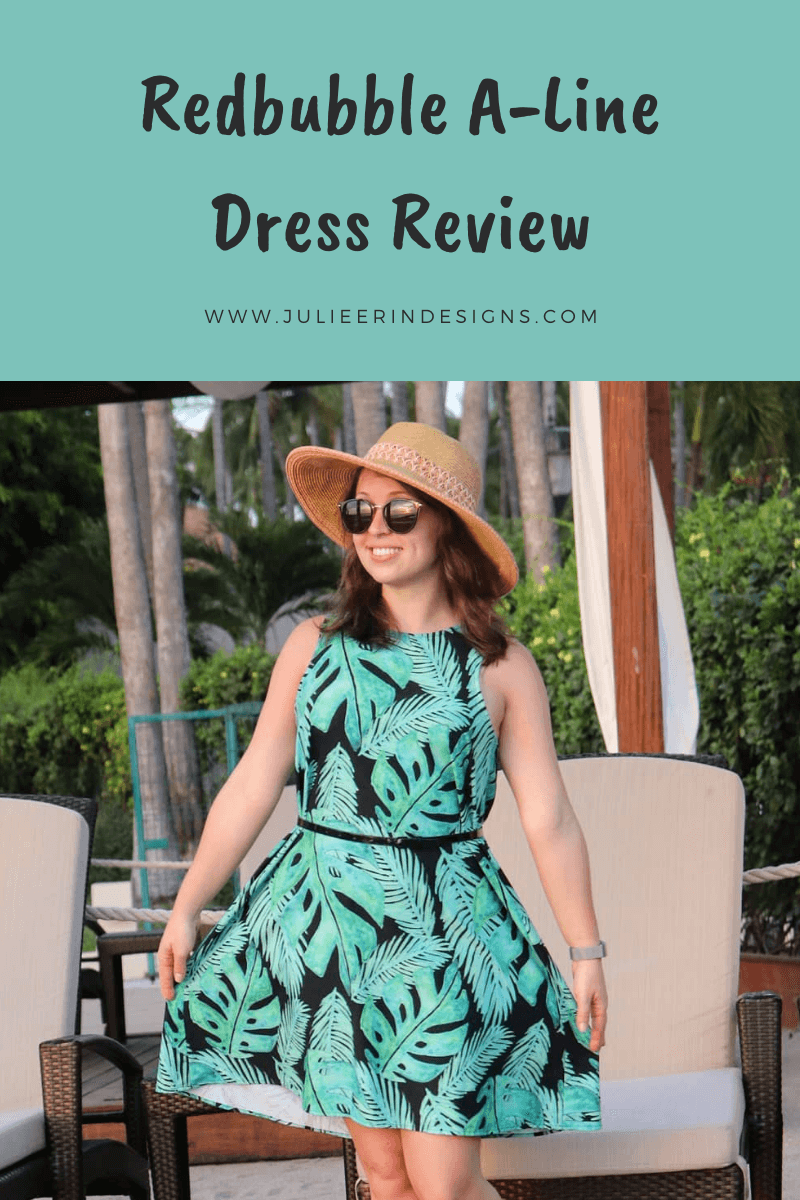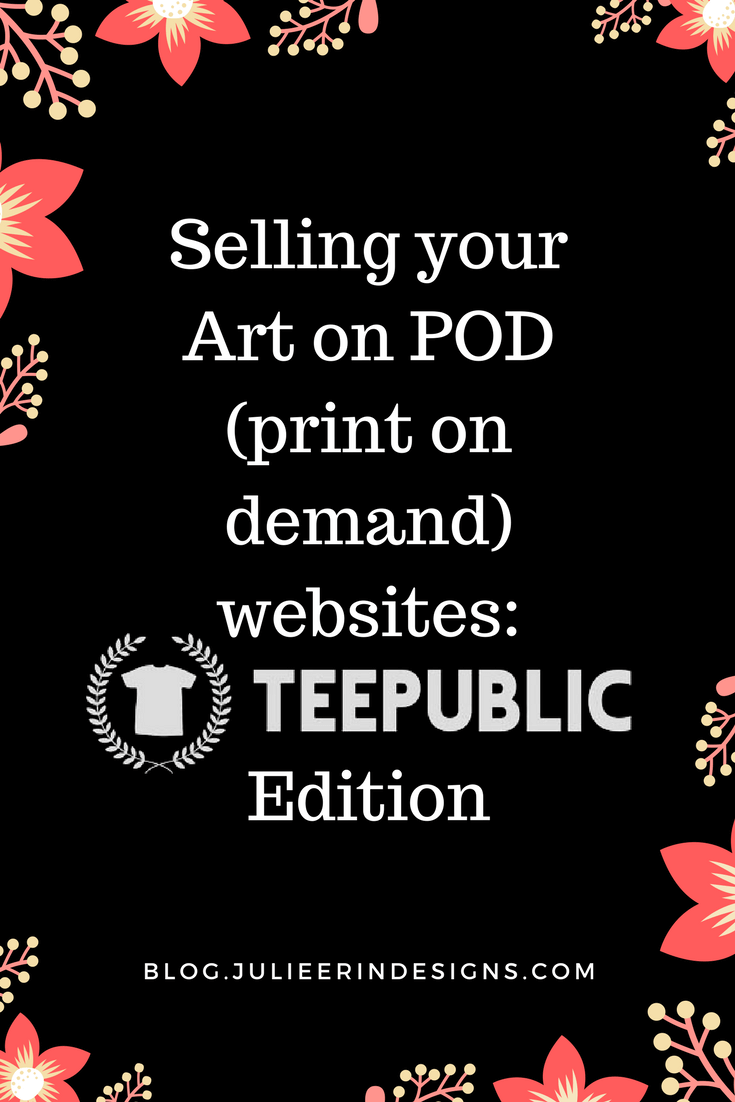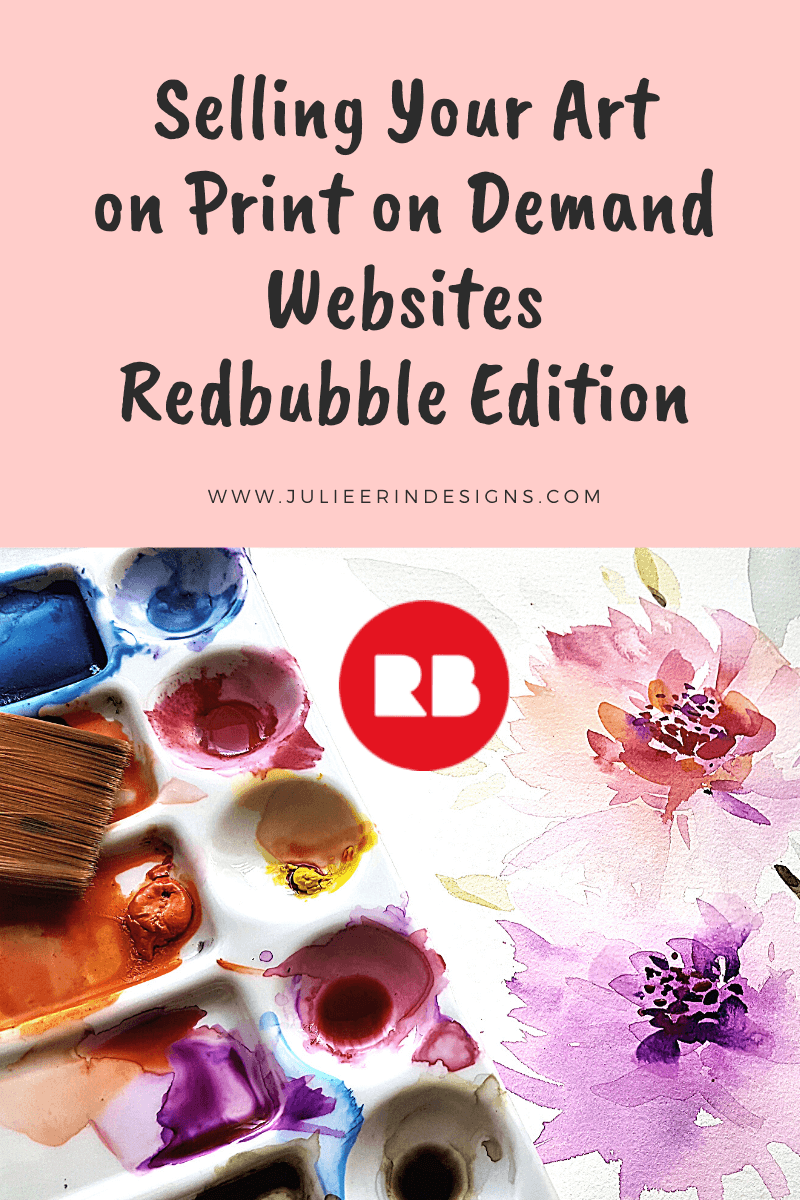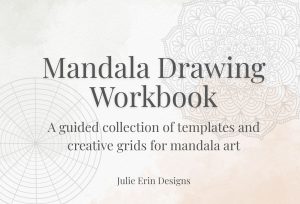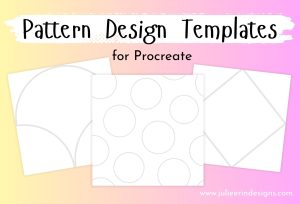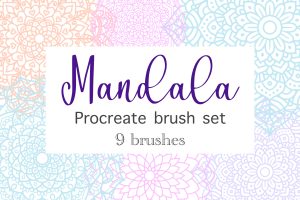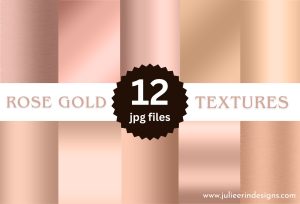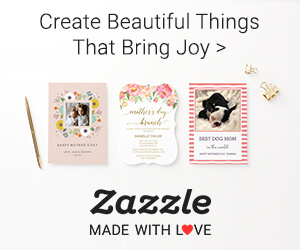In this post I discuss the most effective methods for promoting your art online to help you find your audience, and for them to find you!
blogging
How to Sell Your Art Online – The Definitive Guide
A definitive guide with all of my posts about how to sell your art online through Print on Demand websites like Society6 and Redbubble.
Mandalatober: The Ultimate Mandala Art Drawing Challenge
In 2019, I created my own Mandalatober challenge and in this post I share my favourite mandalas and how you can join the challenge today.
Tips for Selling Your Art on Amazon Merch on Demand
If you’re an artist or graphic designer, selling your art through Amazon Merch on Demand can be worth it. Learn my top tips in this article.
Common Scams for Artists to Watch Out For
A list of common scams for artists to watch out for, and some tips and ideas on how to avoid getting scammed as an artist online.
What to do When Sales are Slow in Your Print on Demand Store
Don’t give up just yet! In this blog post I share a list of things you can do when sales are slow in your print on demand stores.
How to Sell Your Art Online in 5 Steps
The 5 main steps to sell your art online. This easy guide will help you get started selling your artwork through Print on Demand websites.
Redbubble A-Line Dress Review
An in-depth Redbubble A-Line dress review along with photos and styling tips. Featuring my own tropical monstera leaf artwork!
Selling your Art on TeePublic
Selling your art on Print on Demand websites: TeePublic edition
How to Sell your Art on Redbubble
A post all about how to sell your artwork on Redbubble; a print on demand website for art, fashion, home décor and accessories.
I’m an digital artist, surface designer, and online educator from Vancouver, Canada.
I’ve sold thousands of physical and digital products worldwide through print on demand companies.
Through my online classes and blog, I teach other artists how to sell their own art online and turn their passions into a business they love.
